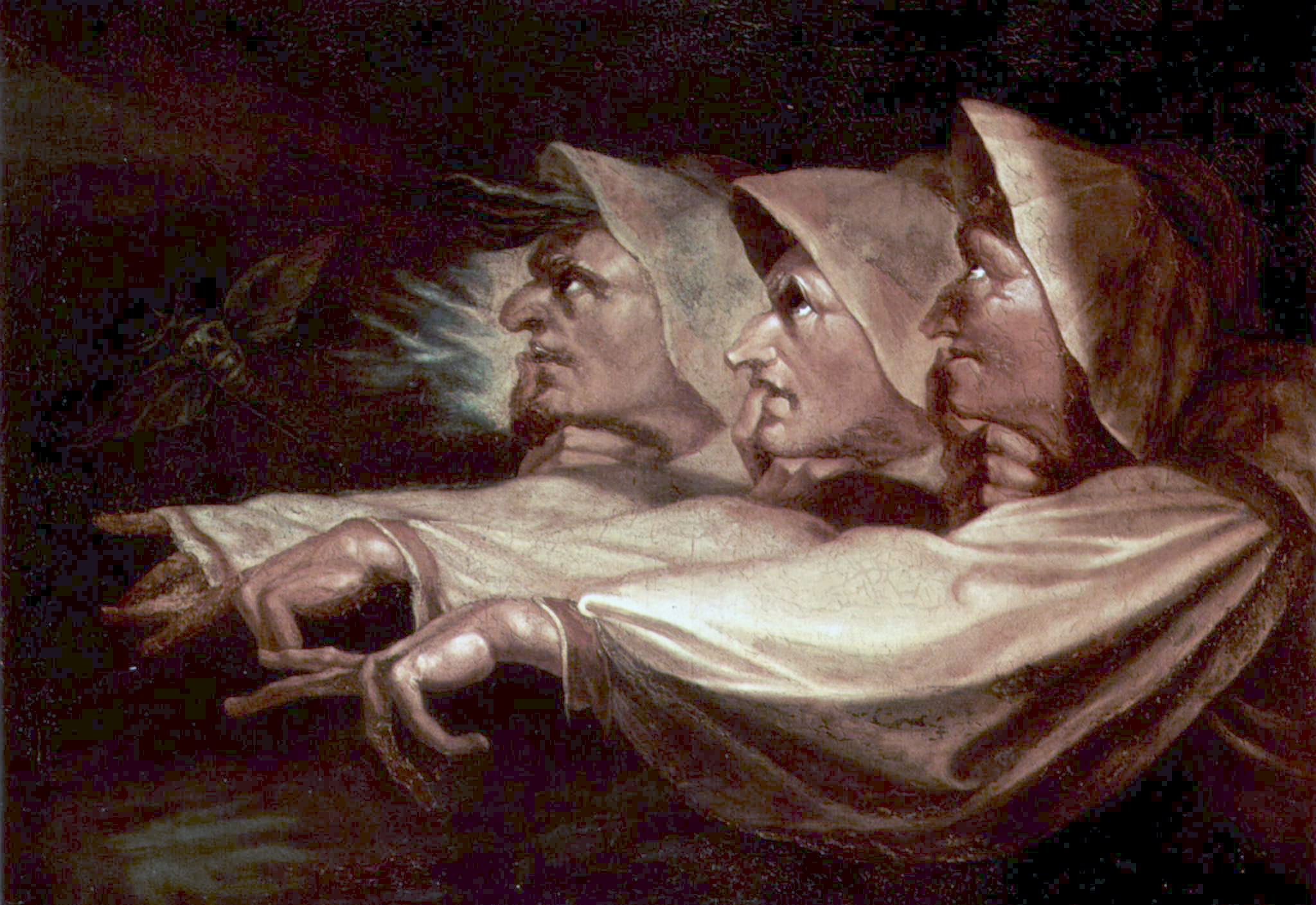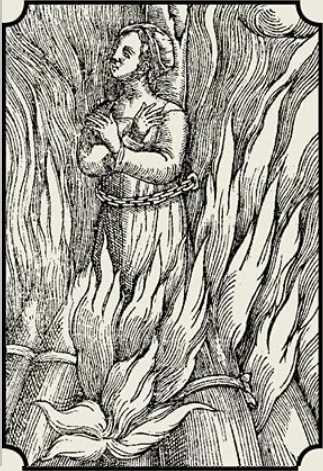Mary Lakeland, sometimes Lackland, also known as the Ipswich Witch, was an English woman executed for witchcraft in Ipswich on 9 September 1645. She was one of the few people in England to have been executed by burning after being convicted of witchcraft. Contrary to popular belief the usual punishment for witchcraft in England was hanging, but as Mary was also found guilty of causing the death of her husband she was sentenced to be burned for that crime.[1] She was the last person to be executed for witchcraft in the town of Ipswich.[2]
There is no record of the date of Mary’s arrest, but she was probably aged about 70 at the time.[2] The charges laid against her at her trial were:[3]
- For witchcraft and murder of Elizabeth Aldham.
- For witchcraft and murder of William Lawrence.
- For witchcraft and murder of Sarah Clarke.
- For casting away Henry Reade’s ship and murdering the said Reade and divers persons unknown.
- For felony and witchcraft and traitorously murdering of John Lakeland her husband. For felony and witchcraft and wasting the body of John Beale.
- For felony and witchcraft and wasting the body of Thomas Holgrave.
- For felony and witchcraft and nourishing of evil spirits.
Being found guilty of nourishing evil spirits alone would have been sufficient to secure Mary’s death under the Witchcraft Act 1604 Series of Acts passed by the Parliaments of England and Scotland making witchcraft a secular offence punishable by death., but also being found guilty of murdering her husband, it was decided to impose the harsher treatment of execution by burning, the punishment for petty treason.[3]
Series of Acts passed by the Parliaments of England and Scotland making witchcraft a secular offence punishable by death., but also being found guilty of murdering her husband, it was decided to impose the harsher treatment of execution by burning, the punishment for petty treason.[3]
Modern interpretation
Mary’s case was somewhat unusual, in that between 1581 and 1645 there were only nineteen cases of witchcraft in Ipswich, in which most of the accused were acquitted. Several explanations have been forwarded to explain her harsh treatment, the simplest of which is that she was a quarrelsome, trouble-making old woman the authorities wanted to be rid of. Mary was poor, and her execution would lessen the drain on the poor relief of her parish, St Clements, which had the second-largest population of poor in Ipswich. Somewhat mitigating against that idea is that at the time of her execution it cost £1 to hang a witch as opposed to £3 3s 6d to burn one.[4]
Another explanation is that Mary was targeted for her religious leanings, and perhaps least likely of all that she was a Royalist informant during the English Civil War (1642–1646).[5]

